Handmade knives aren’t just tools—they’re pieces of art, craftsmanship, and history. For collectors, choosing the right knife means balancing function, beauty, and long-term value. But not every handmade knife is destined to appreciate in worth. Some remain functional tools, while others become coveted collectibles.
So, how do you tell the difference? Here’s a guide to help you pick a handmade knife that holds its value as a collectible.
How to Pick a Handmade Knife That Holds Its Value as a Collectible?
1. Pay Attention to the Maker’s Reputation
One of the biggest factors in collectible value is the knife maker’s name.
-
Renowned master bladesmiths and award-winning artisans often have knives that appreciate over time.
-
Look for makers affiliated with recognized guilds or associations.
-
Research if the maker has limited production runs or a signature style—scarcity and uniqueness add value.
SEO keyword tip: “best handmade knife makers,” “collectible knife brands.”

2. Consider the Materials Used
High-quality, rare, or unique materials increase both value and desirability.
-
Blades: Damascus steel, high-carbon tool steels, or premium stainless steels like N690 or S35VN.
-
Handles: Exotic hardwoods, mammoth ivory, bone, horn, or stabilized resins.
-
Accents: Silver, brass, gemstone inlays, or hand-engraved fittings.
Collectors prize knives that combine durability with visual appeal.
3. Look for Craftsmanship and Detailing
A true collectible knife isn’t just about the materials—it’s about the artistry.
-
Hand-forged blades with distinctive patterns.
-
Intricate engraving, filework, or etching.
-
Symmetry, polish, and flawless execution in every detail.
These touches separate a collectible piece from a standard handmade knife.

4. Seek Limited Editions or One-of-a-Kind Pieces
Scarcity drives collectibility.
-
Numbered limited editions often gain value as production ceases.
-
Custom commissions or one-of-a-kind pieces are especially desirable.
-
Knives tied to specific events (anniversaries, competitions, exhibitions) often carry historical significance.
The rarer the piece, the stronger its long-term appeal.
5. Documentation and Provenance Matter
A knife with proof of origin is worth more to serious collectors.
-
Certificates of authenticity signed by the maker.
-
Maker’s mark etched or stamped onto the blade.
-
Original packaging or presentation case.
-
Any documented history of the knife, especially if it was displayed in shows or owned by notable collectors.
Without provenance, even a high-quality knife may struggle to reach its full collectible potential.
6. Balance Functionality with Aesthetics
While some collectors display knives only, others appreciate functional art. A knife that’s both usable and beautiful holds broader appeal.
-
Hunting knives, chef’s knives, or daggers with unique designs often cross the line between tool and art.
-
Choose a knife style that has lasting popularity rather than a passing trend.

Final Thoughts
When choosing a handmade knife as a collectible, focus on craftsmanship, materials, maker reputation, rarity, and documentation. A knife that combines these elements isn’t just an investment—it’s a story, a piece of history, and a legacy that can be passed down for generations.
Whether you’re a seasoned collector or buying your first piece, remember: the most valuable knives are the ones that blend artistry with authenticity.
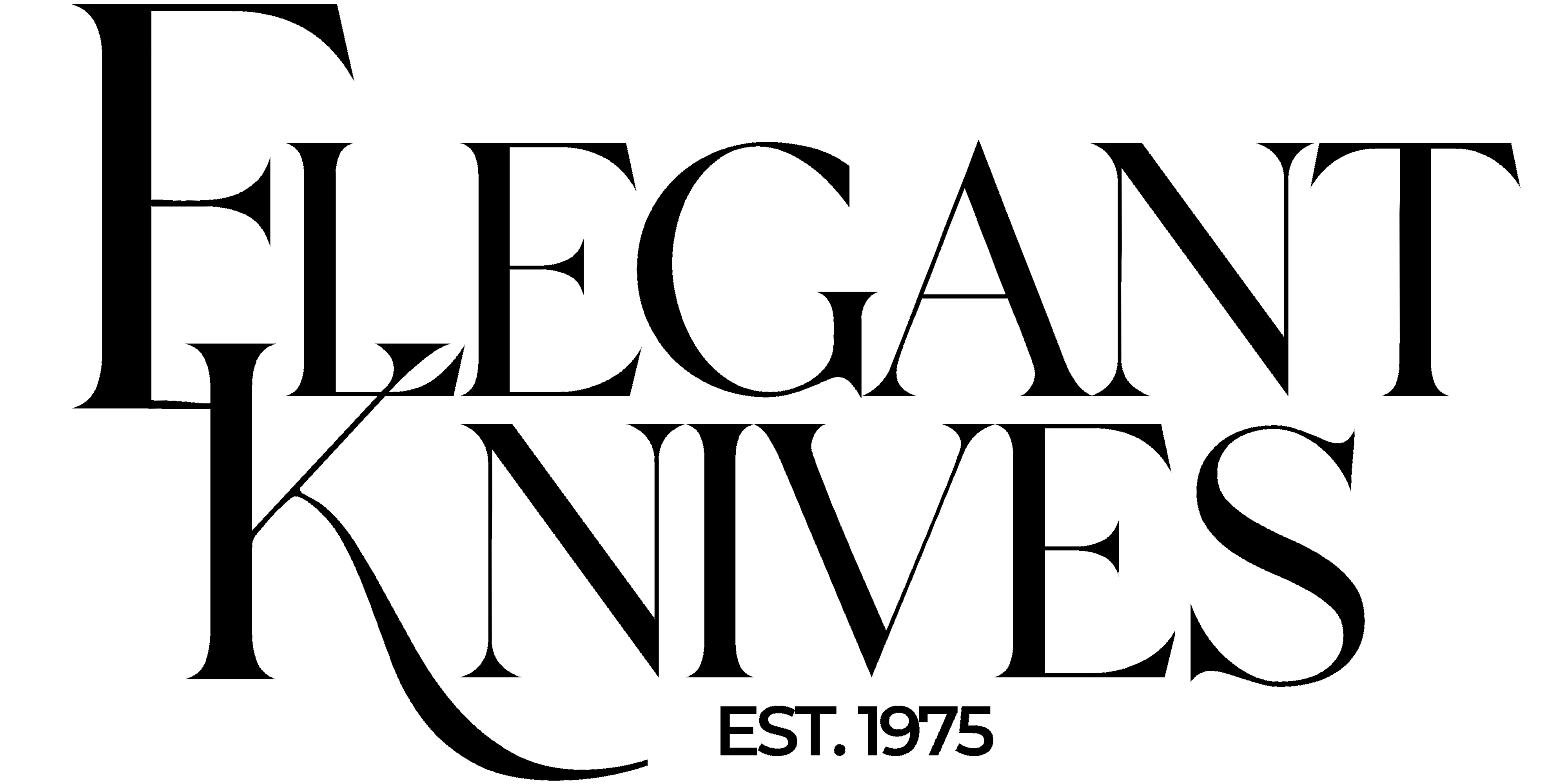
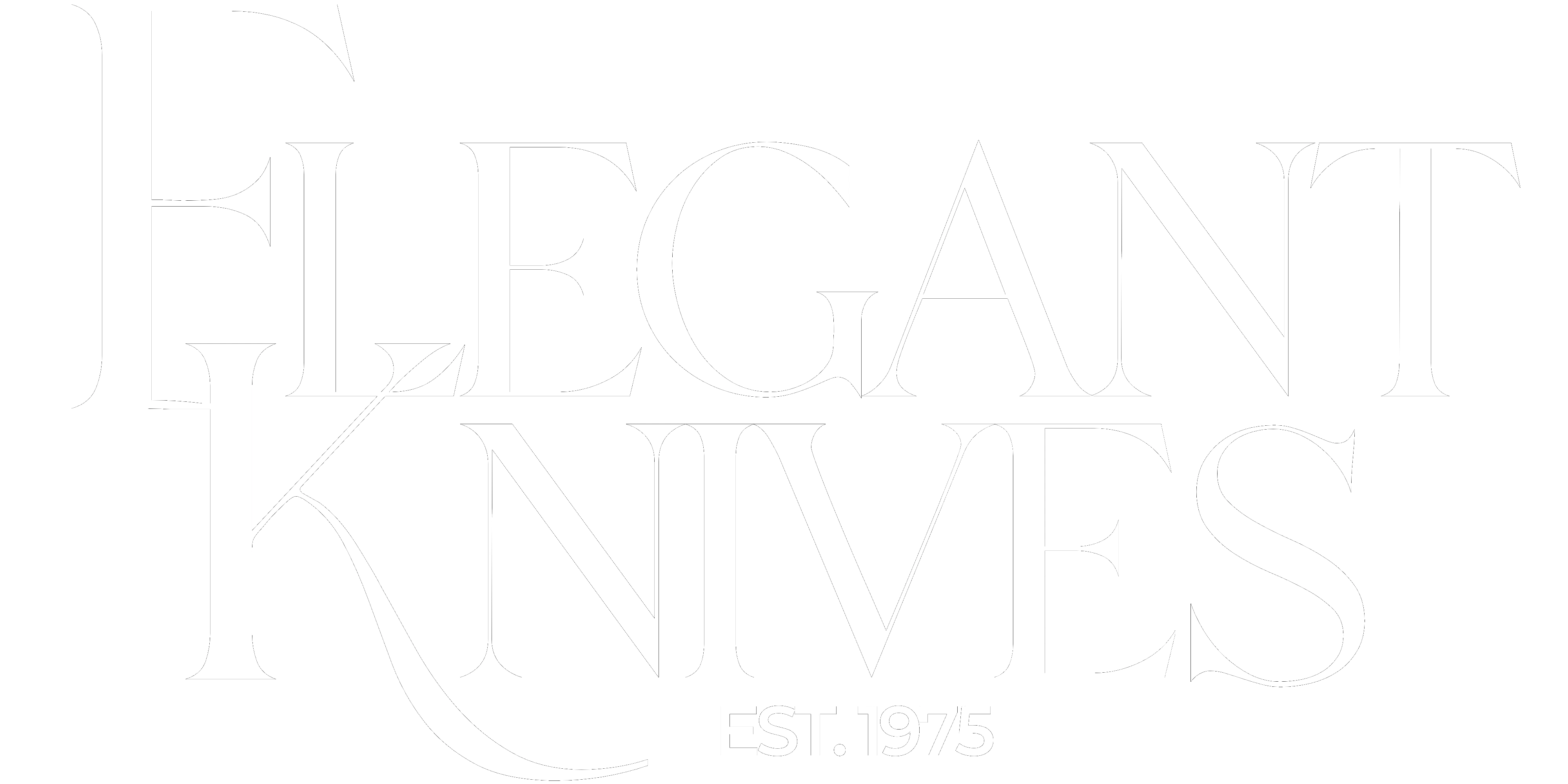


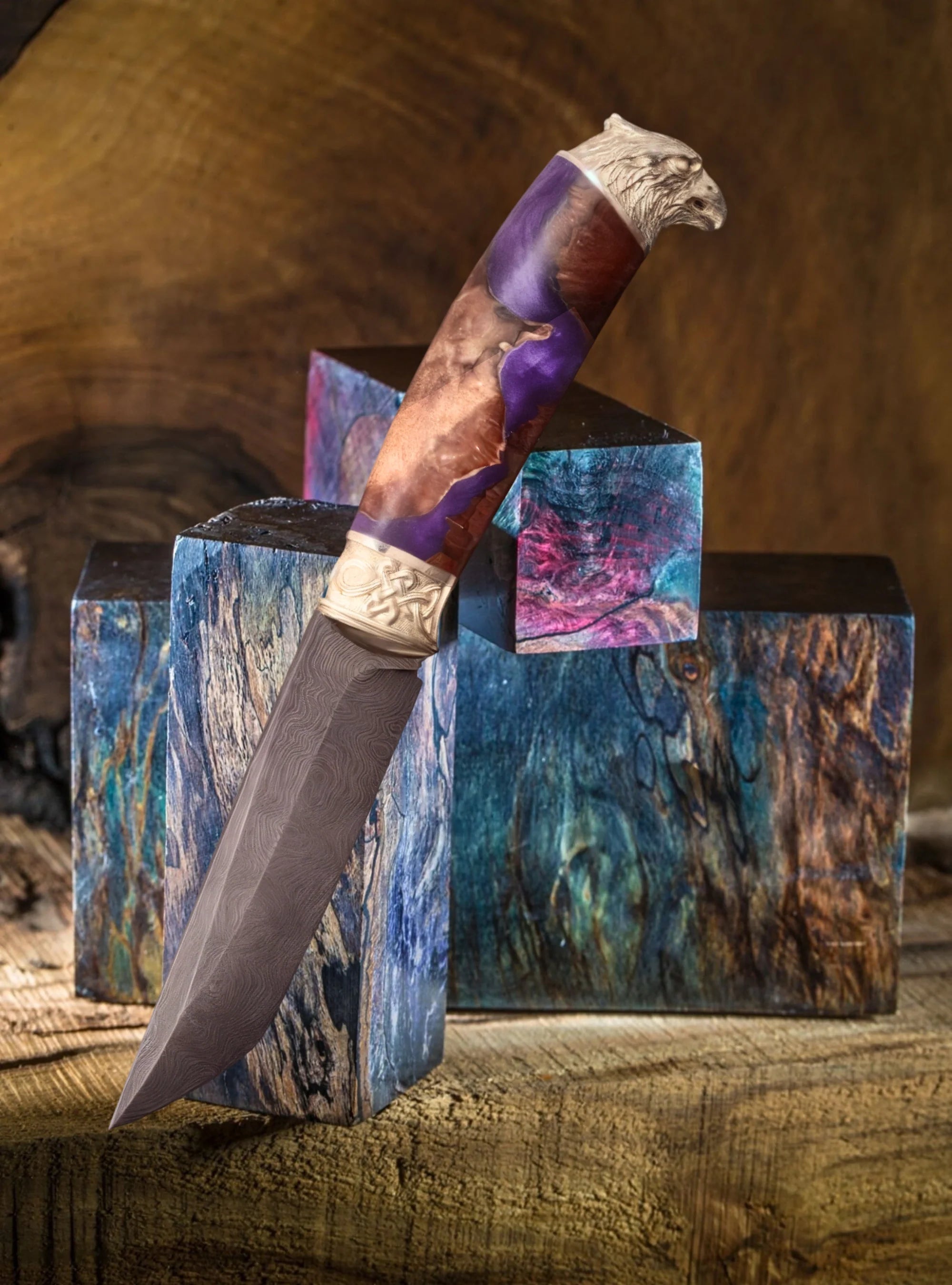
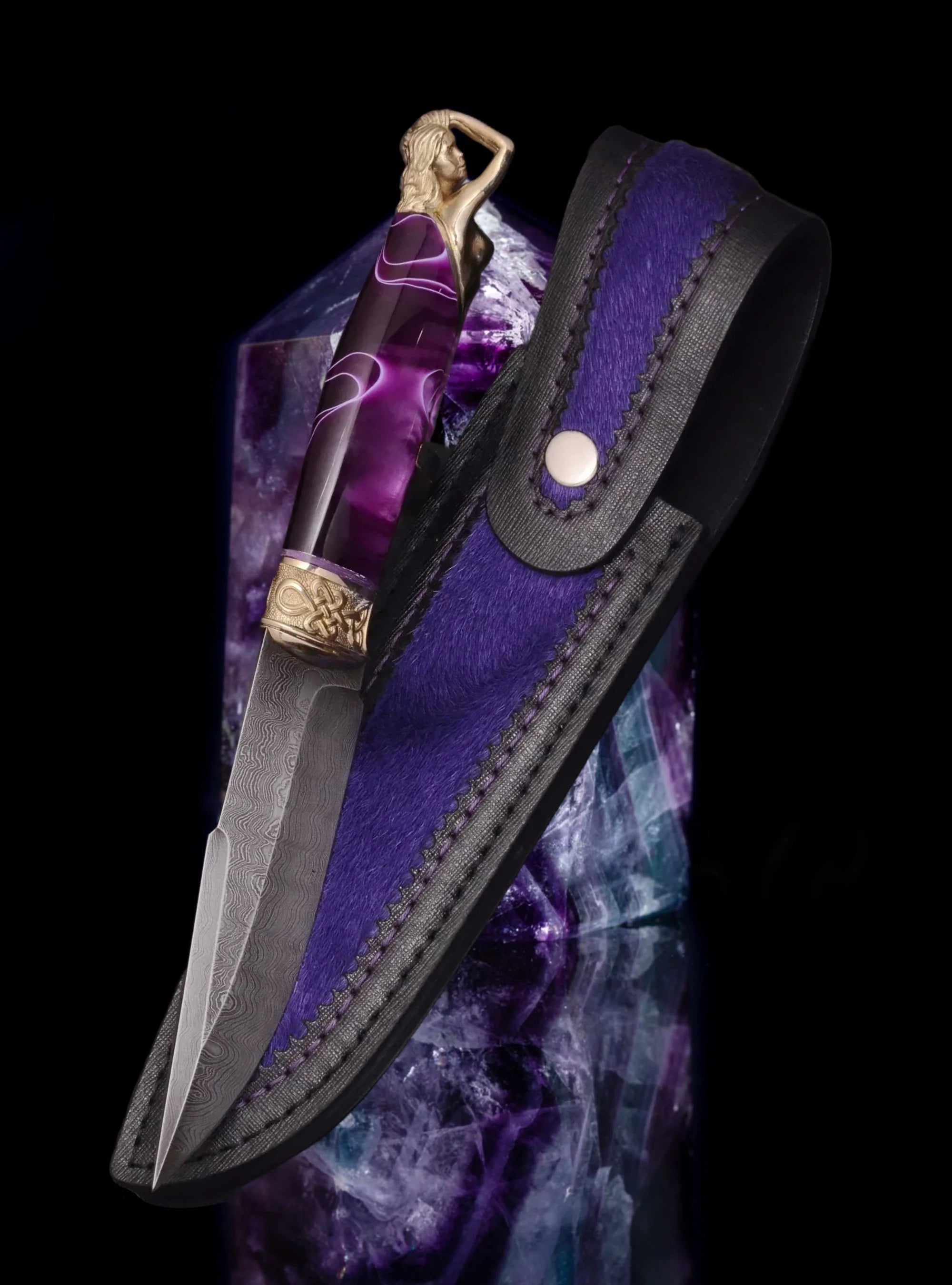
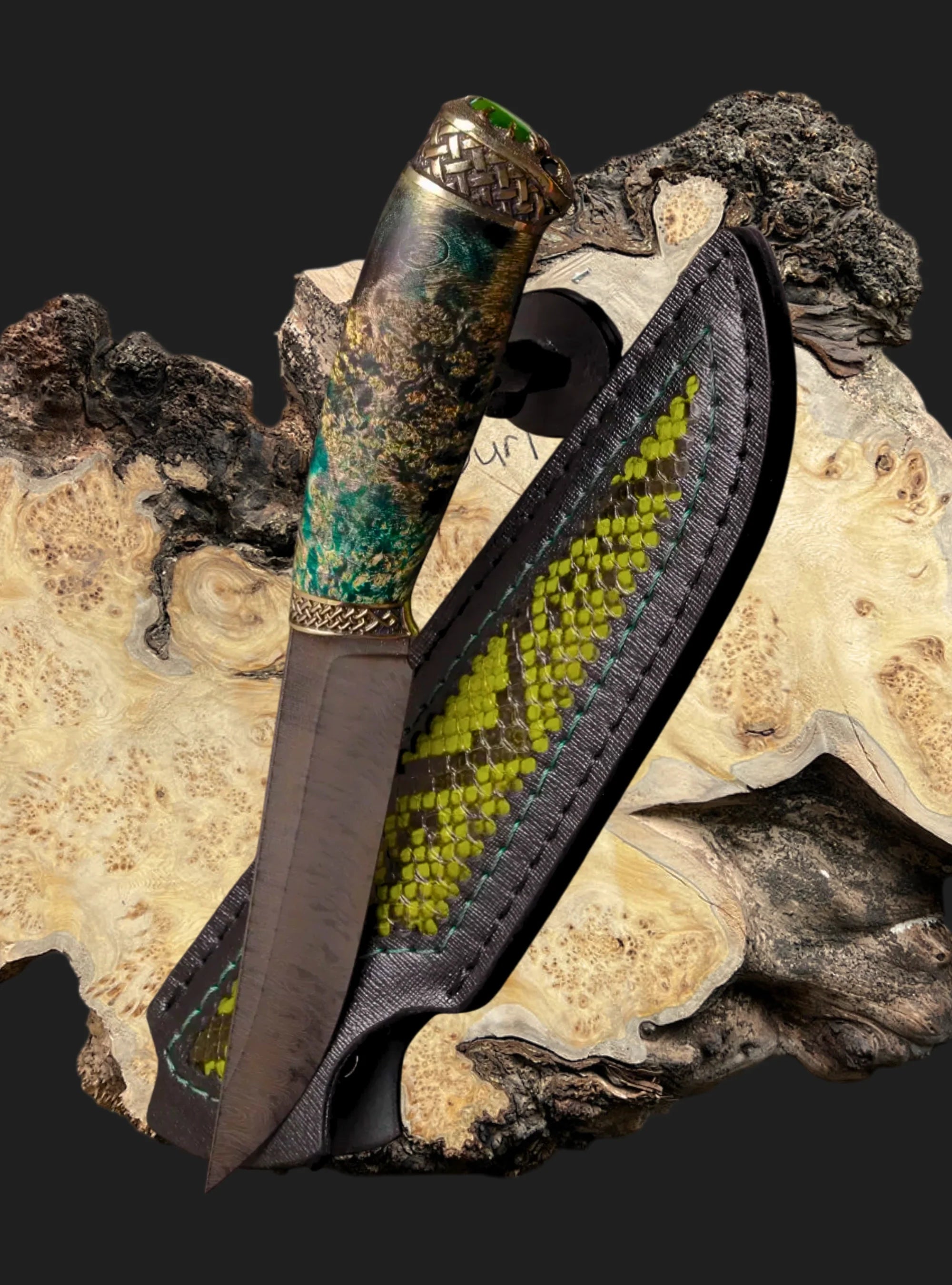
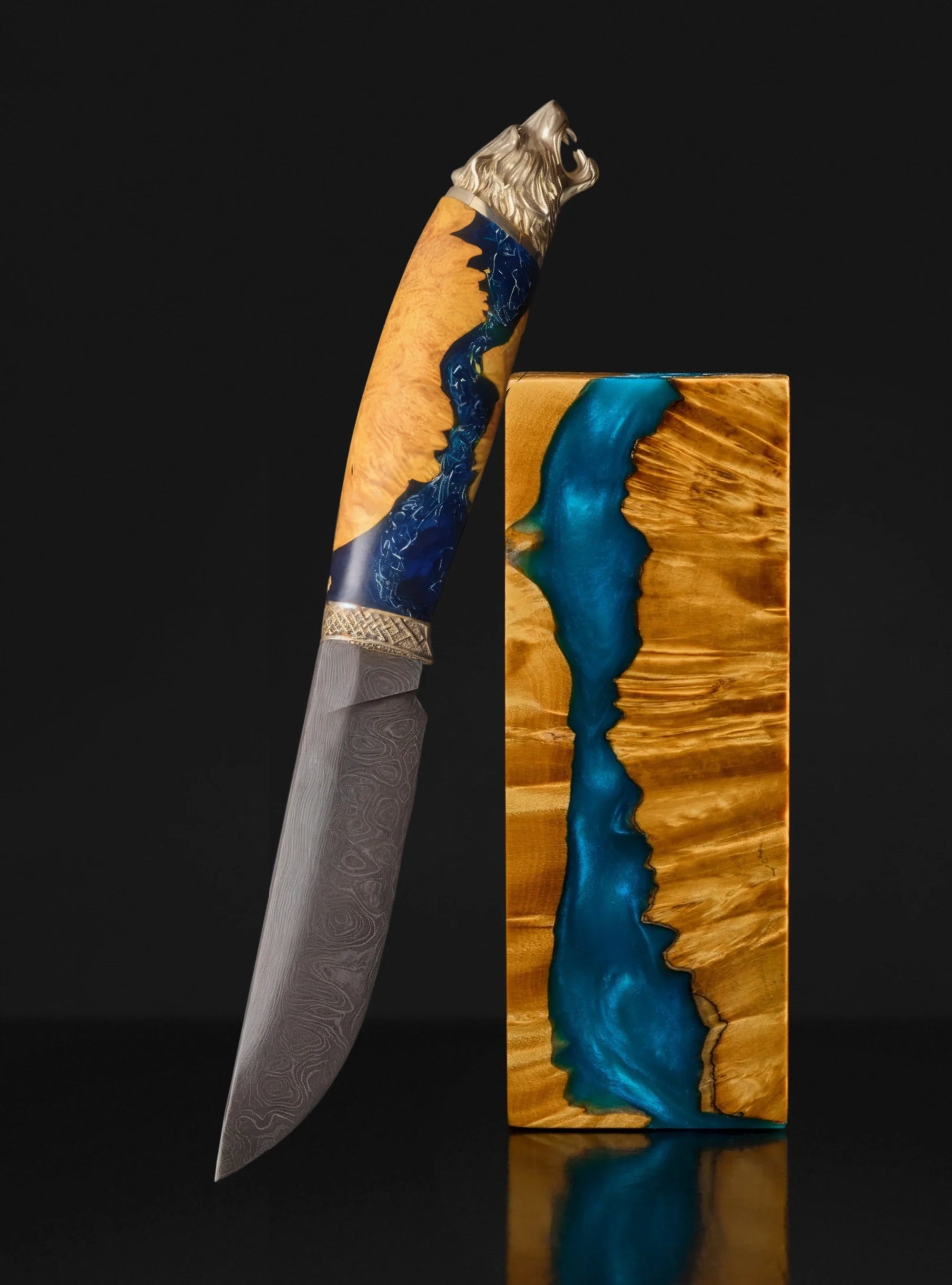
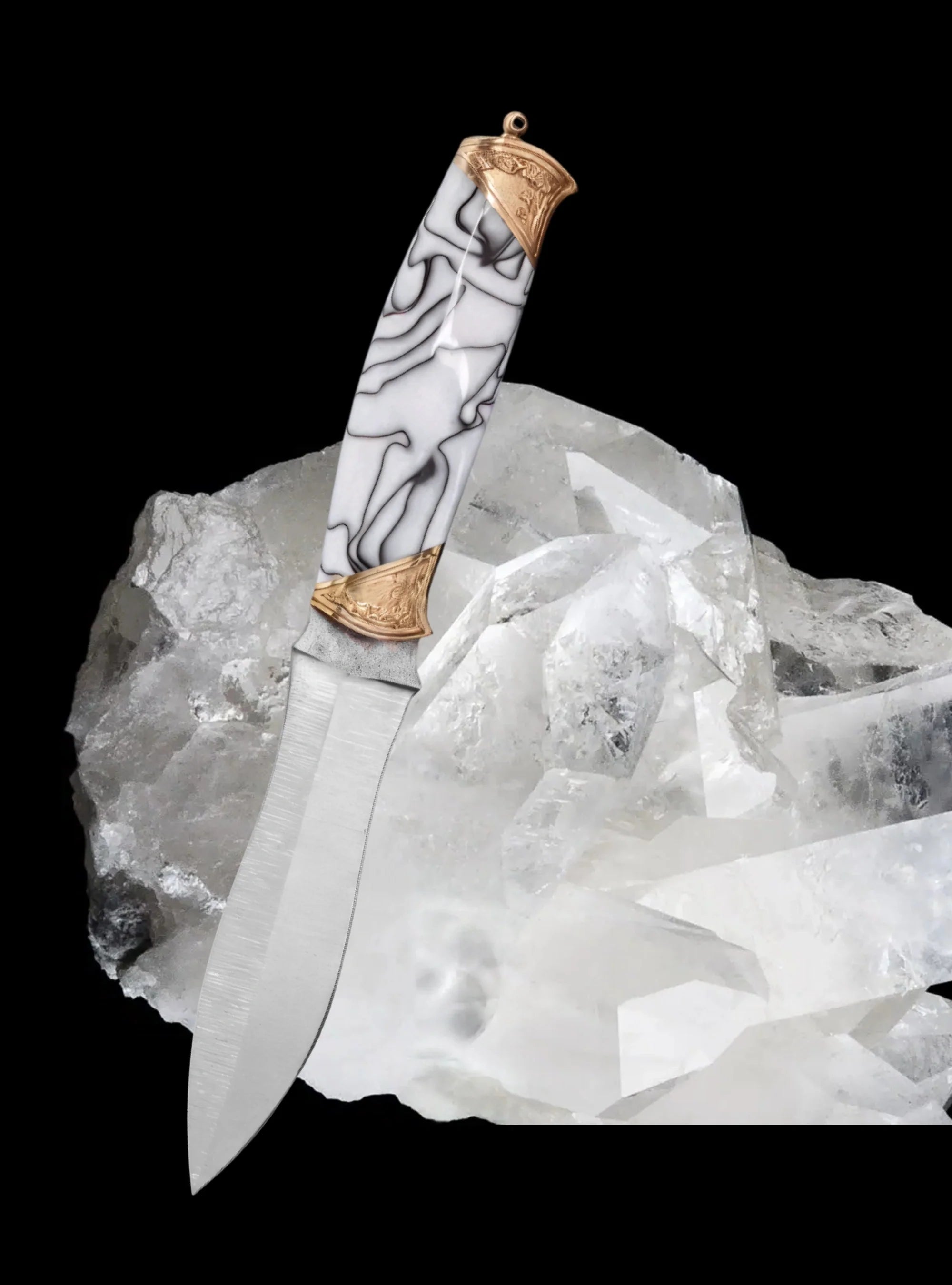
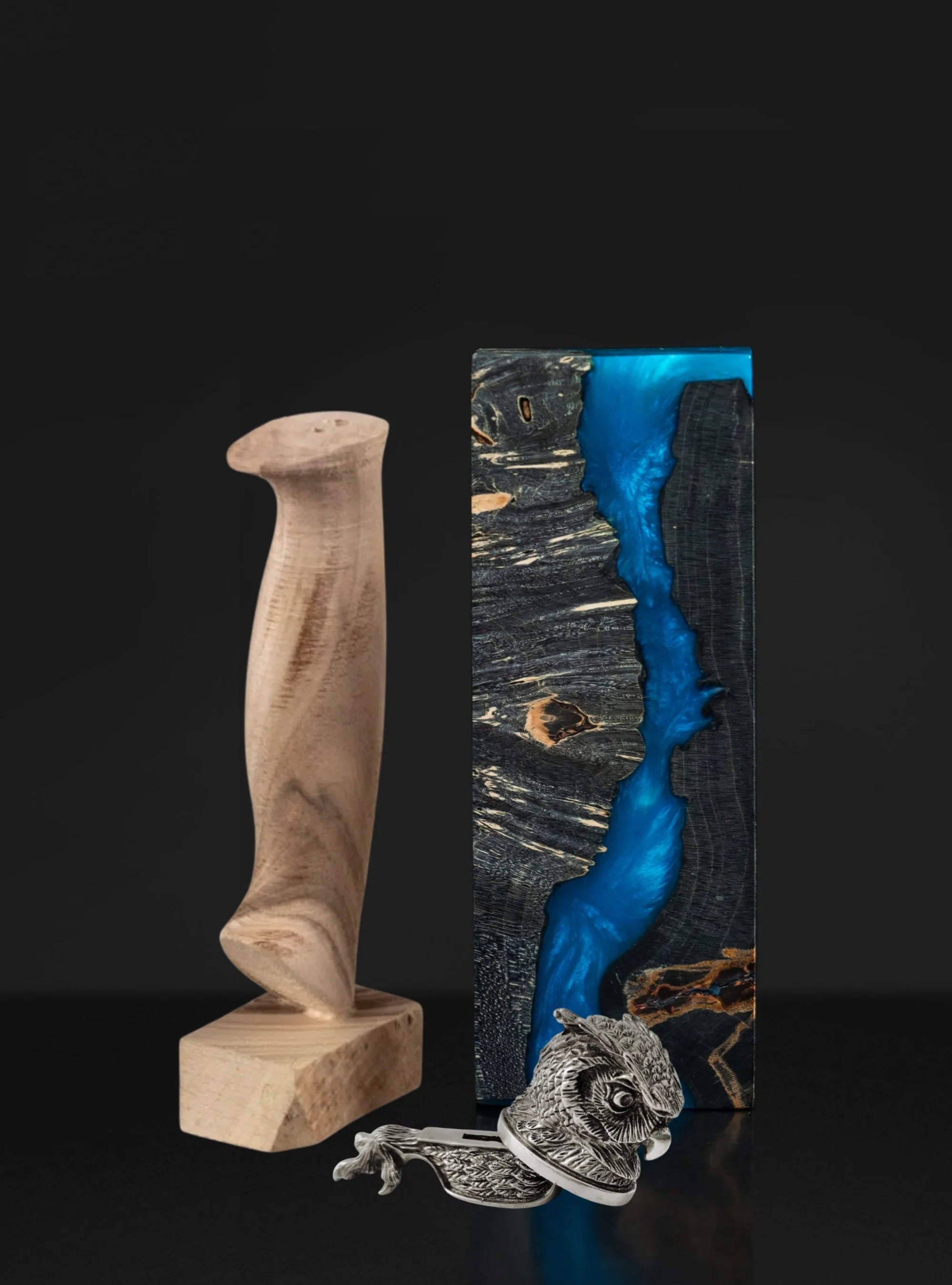
Share:
What Makes a Knife Handle Collectible? Key Features That Define Value
How to Store Exclusive Knives Without Damaging Their Decorative Handles?